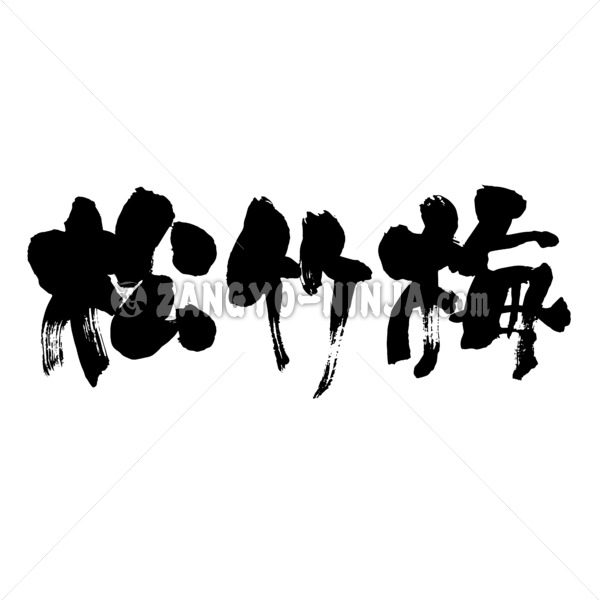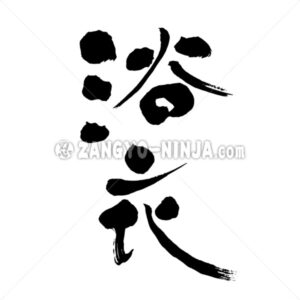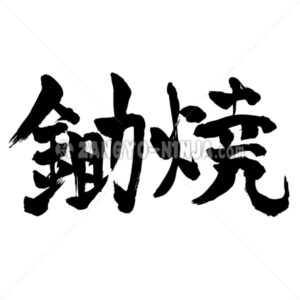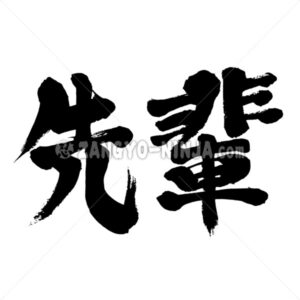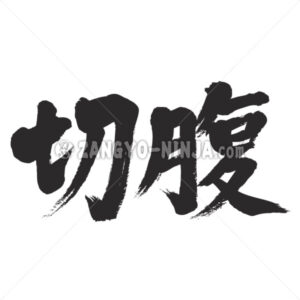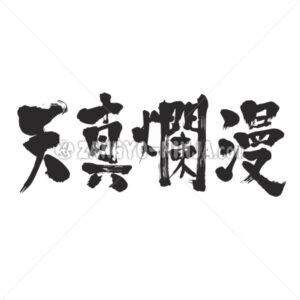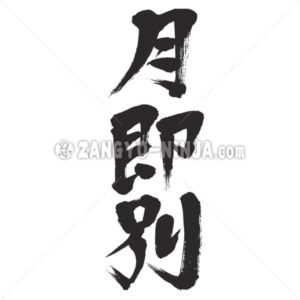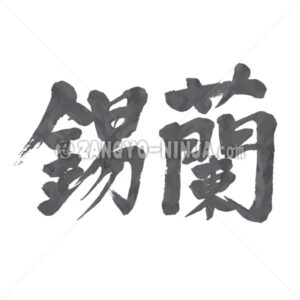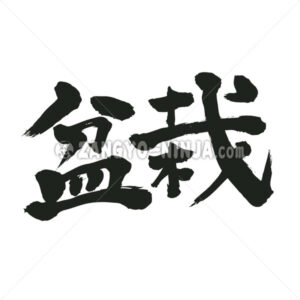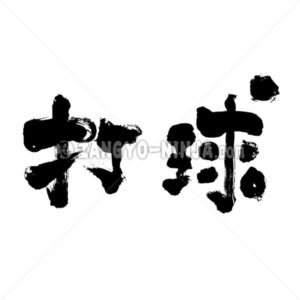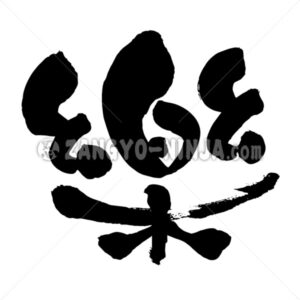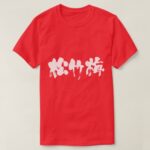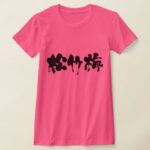Description for "Shochikubai in Kanji (include pine tree, bamboo and plum flower in Kanji)"
charms and is said to be auspicious along with the crane turtle. Since all three can withstand the cold, they are called Three Friends of Winter and are used for ceremonies as congratulations. A word used in place of each grade when goods and seats are divided into three grades.
Pine, bamboo, and plum are (Shochikubai is) symbols of auspiciousness in Japan.
Pine trees have been a symbol of auspiciousness since the Heian period, as they are evergreen and lead to perpetual youth and longevity. Bamboo has been used for the same reason as pine trees since the Muromachi period, and plum blossoms have been known to bloom in winter since the Edo period.
Shochikubai came to indicate the grade of things.
Originally, “Shochikubai” was not used to indicate the rank of items, but it is easier to order “Ume (Plum)” than “normal”, and it is more beautiful to replace it with the name of the plant, so “Shochikubai” came to be used as a grade at sushi restaurants.
There is no particular order of rank, and although pine, bamboo, and plum originally had no hierarchical relationship, it came to be that pine was the highest rank, bamboo was the highest rank, and plum was the average rank.
This order is said to be the chronological order that became a symbol of auspiciousness, but since the three types of pine, bamboo, and plum are called “Shochikubai”, it would be safer to think of it as that order.


